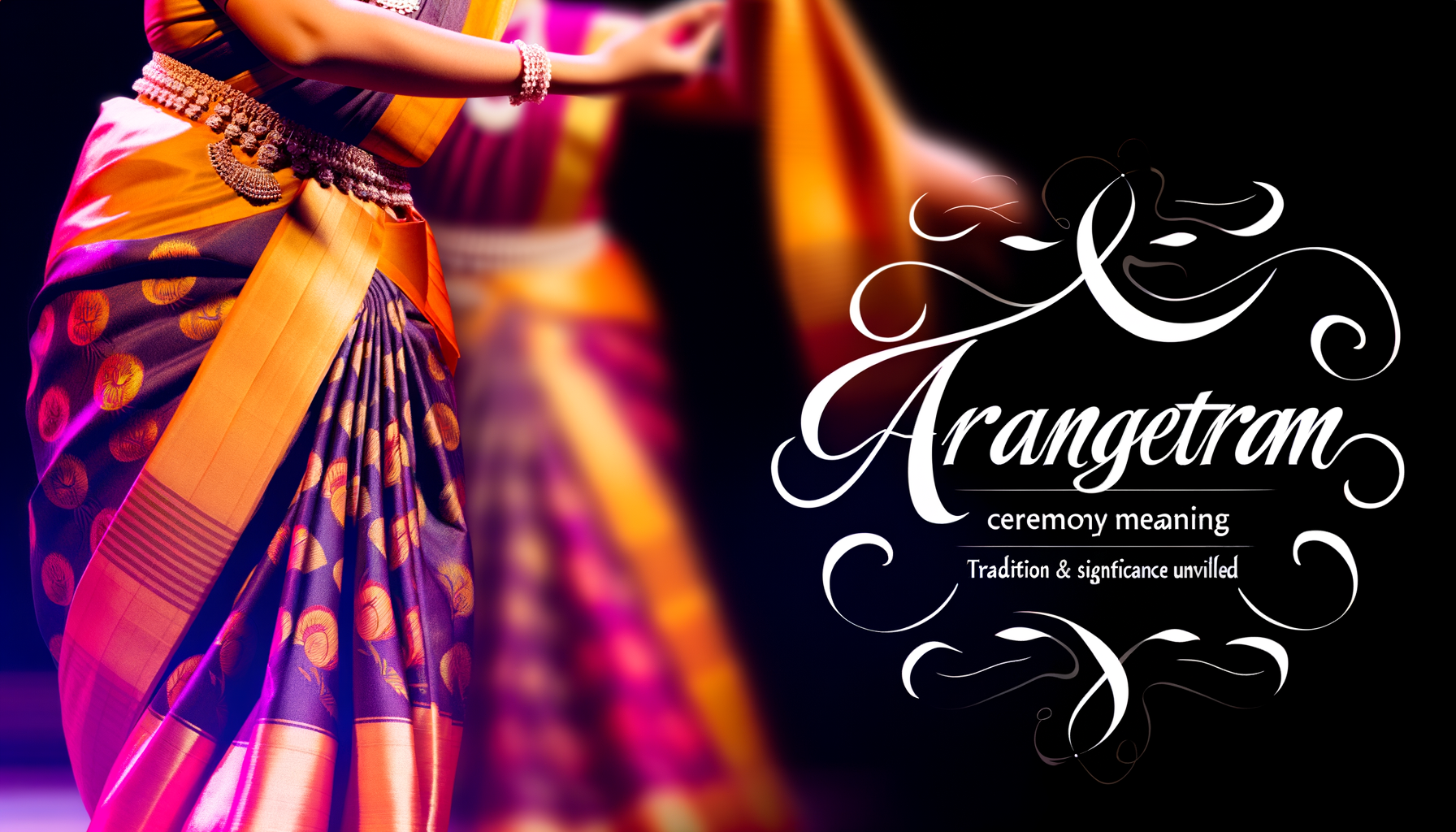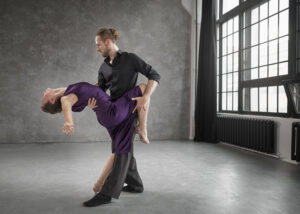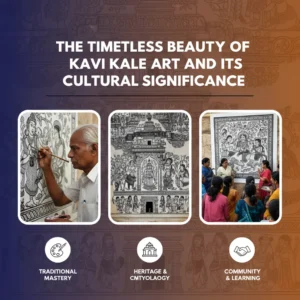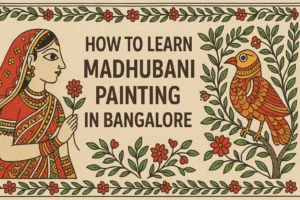Understanding the arangetram ceremony meaning is essential for anyone interested in Indian classical dance, especially Bharatanatyam. This blog will explore the roots and relevance of this beautiful tradition, explaining its significance and what makes the Bharatanatyam arangetram celebrated. Whether you’re a dance enthusiast or simply curious about cultural rituals, this article will unravel the fascinating story behind the arangetram ceremony.
What is Arangetram?
The term “arangetram” comes from Tamil, where “arangam” means stage and “etram” means ascent. Combined, it signifies the dancer’s first ascent or debut performance on stage after years of rigorous training. This event marks the culmination of countless hours of practice and dedication. During the arangetram ceremony, the student showcases their mastery over the dance form, often Bharatanatyam, to an audience that may include teachers, family, friends, and the general public.
As a rite of passage, the arangetram is not just a performance but a symbolic transition from student to professional artist. It is an opportunity to express devotion, discipline, and artistic growth. Many students and their families regard this day with great pride and emotion.
The Arangetram Significance in Culture
The significance of arangetram extends beyond a mere performance. It represents a spiritual and cultural milestone rooted deeply in Indian classical dance traditions. The ceremony affirms the dancer’s readiness to perform professionally and contribute to preserving the art form.
From a cultural perspective, the arangetram ceremony plays several key roles:
- It honors the guru-shishya (teacher-student) relationship, highlighting the importance of guidance and mentorship.
- It introduces the dancer to the community as a capable artist, bridging tradition and modern audiences.
- It celebrates the heritage and storytelling tradition of Bharatanatyam dance, which conveys mythology, devotion, and emotion through intricate movements and expressions.
You can learn more about the arangetram significance in classical dance and how it shapes an artist’s journey in the detailed article linked here.
Exploring the Arangetram Tradition
The arangetram tradition is steeped in ritual and symbolism that varies slightly across regions but generally follows cherished norms. Traditionally, the dancer’s family hosts the event, inviting dignitaries, dance aficionados, and loved ones to witness this memorable day.
The ceremony often begins with a prayer or invocation to deities, seeking blessings for the dancer’s future. The performer then presents a well-prepared repertoire of Bharatanatyam items—involving intricate footwork, expressive gestures, and emotive storytelling.
This ceremony is also a social occasion, complete with lavish celebrations, gifts, and dance offerings. Beyond the artistry, the arangetram acts as a communal bonding event, reinforcing cultural values and artistic pride.
The Unique Elements of Bharatanatyam Arangetram
Bharatanatyam is among the most ancient Indian classical dance forms. Its arangetram is distinct in both style and structure. The typical Bharatanatyam arangetram presentation includes multiple dance pieces such as alarippu, jatiswaram, varnam, padams, and tillana, each carrying specific artistic and emotional significance.
These segments showcase an evolving complexity—from basic rhythmic patterns to expressive storytelling and fast-paced choreography. The dancer demonstrates mastery over both the technical and expressive components, proving their readiness to carry forward this venerable tradition.
The costumes, makeup, ornaments, and stage setup all contribute to the grandeur and spiritual depth of the Bharatanatyam arangetram, making it an unforgettable experience for performers and audiences alike.
Preparing for the Arangetram: What It Takes
Behind the scenes of an arangetram ceremony is a demanding journey of preparation. Students often spend years honing their skills under the watchful eye of their gurus. This preparation includes:
- Learning and perfecting a diverse repertoire of dances and rhythms
- Understanding the emotional nuances and stories conveyed through dance
- Physical conditioning and stamina-building exercises
- Learning stage presence and audience engagement techniques
- Rehearsals to synchronize rhythm, music, and expression seamlessly
The culmination of this effort is the performance itself, where the dancer’s dedication and artistry shine. Family support and community encouragement play vital roles in motivating the student throughout this process.
Conclusion: The Enduring Magic of the Arangetram Ceremony Meaning
The arangetram ceremony meaning encompasses much more than a dance recital. It is a profound cultural ritual celebrating dedication, tradition, and artistic excellence, especially in the classical Bharatanatyam style. For those interested in exploring or experiencing this art form, resources and guidance from reputed organizations are invaluable.
When looking for inspiration or assistance with your own arangetram journey, consider reaching out to kailasa kaladhara. They offer insights and products that enrich your dance experience, making the path smoother and more enjoyable.
Frequently Asked Questions about Arangetram Ceremony Meaning
- What age is appropriate for an arangetram?
The age varies, but typically students perform their arangetram in their early teens after years of training. - Is arangetram only for Bharatanatyam dancers?
While most common in Bharatanatyam, other classical dance forms have similar debut performances but with different names. - How long does a Bharatanatyam arangetram last?
The performance can last anywhere from 2 to 4 hours, depending on the repertoire presented. - Can anyone attend an arangetram?
Yes, it is usually a public event with invitations extended to friends, family, and dance enthusiasts. - What is the role of the guru in an arangetram?
The guru trains, mentors, and often accompanies the student, playing a central role in the ceremony and the dancer’s artistic development.



